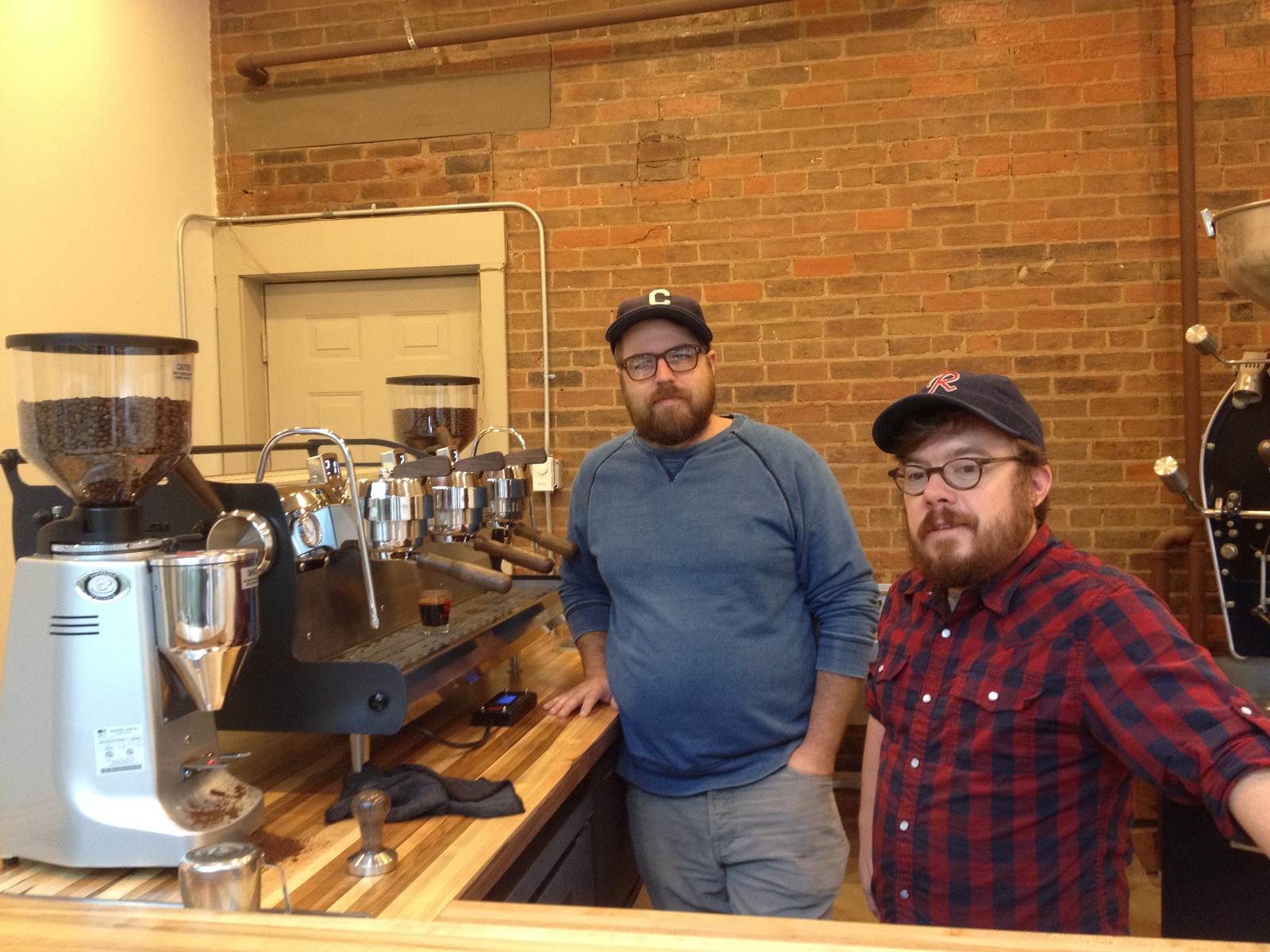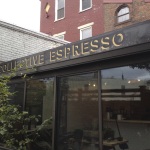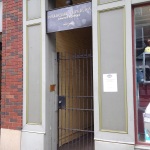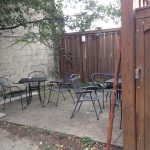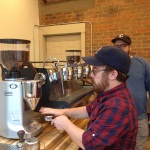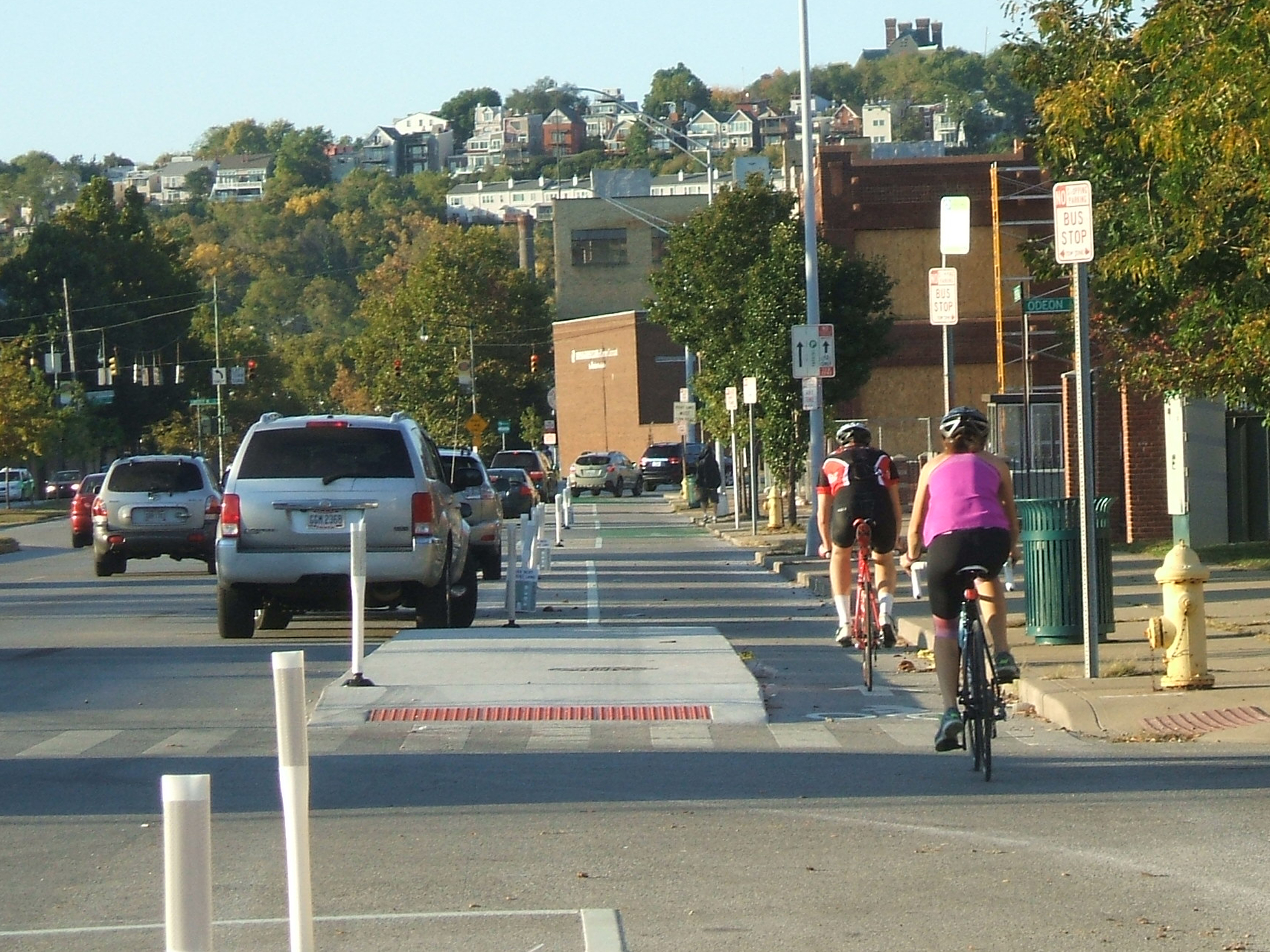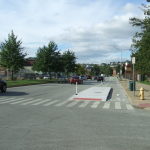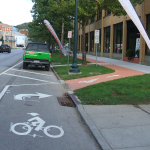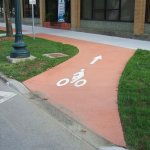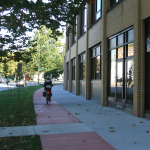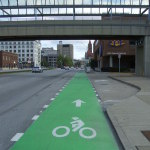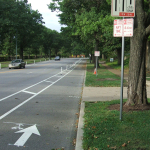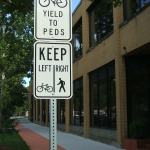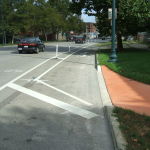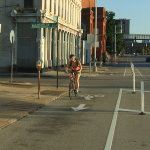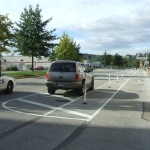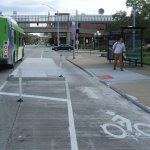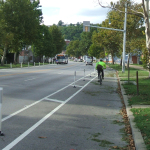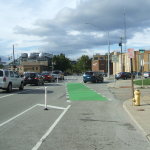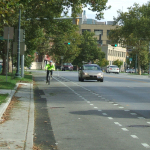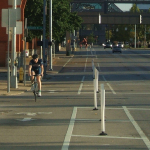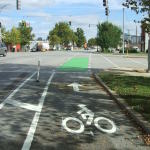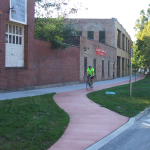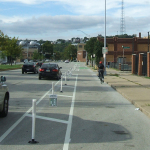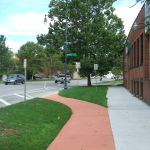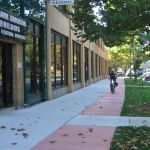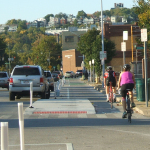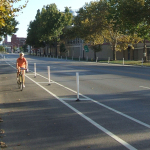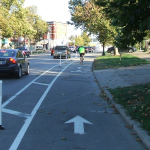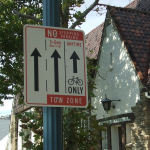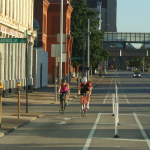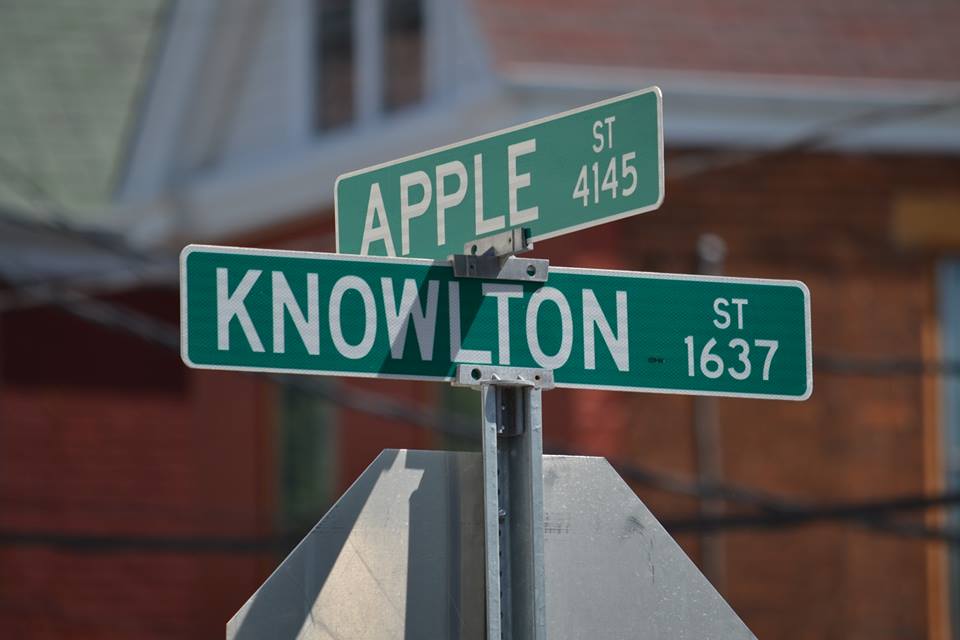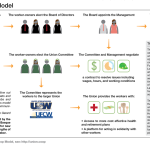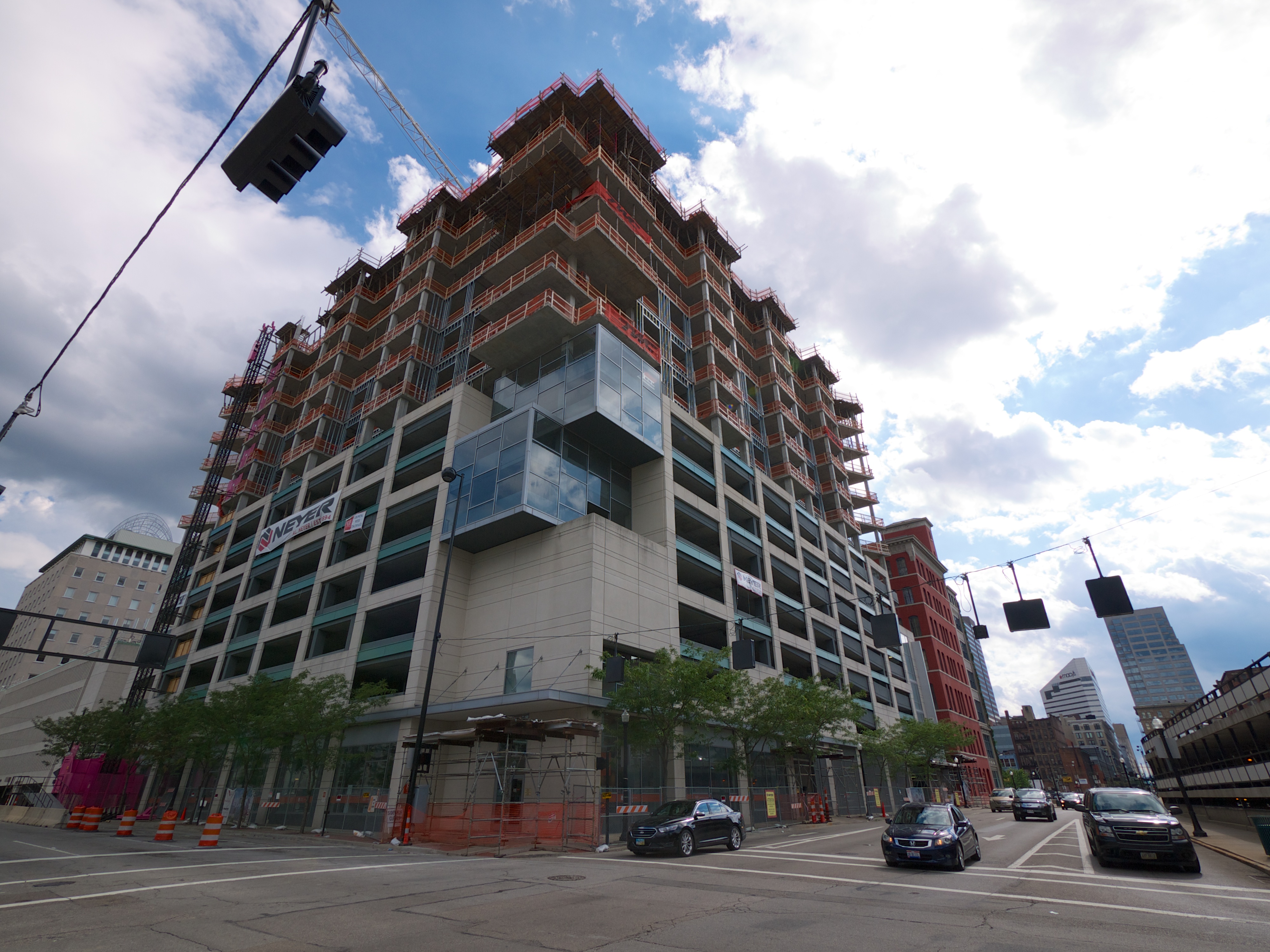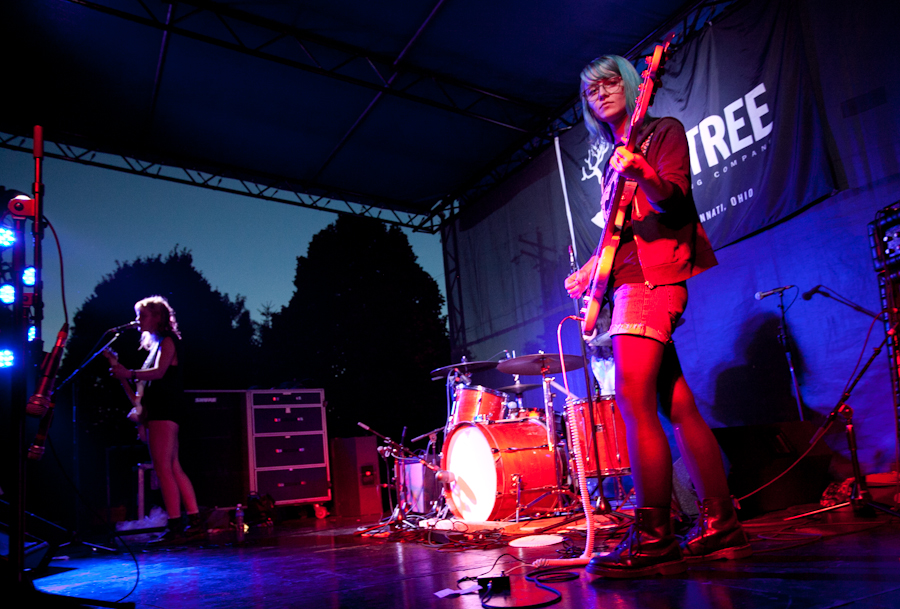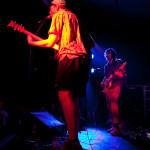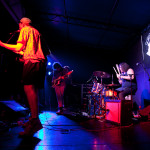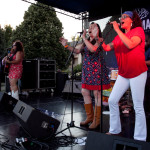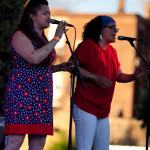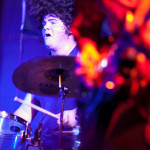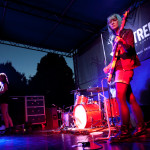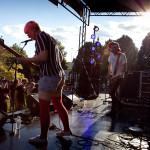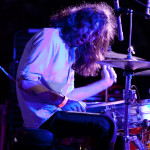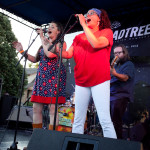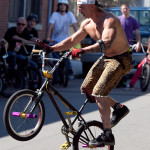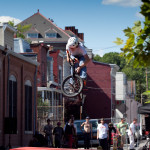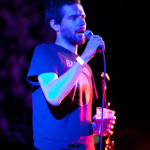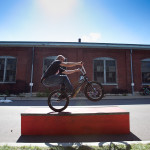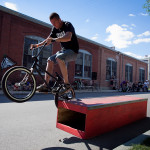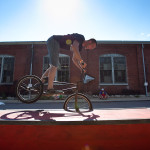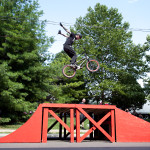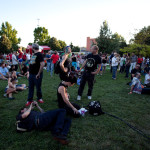Northsiders will soon have another place to get their coffee fix. Collective Espresso is expanding from one slightly hard to find location to a second, with the new Collective Espresso Northside opening this fall in the space previously occupied by Cluxton Alley Coffee Roasters.
It is a strange location, with the side entrance between Fabricate and Happy Chicks Bakery on Hamilton Avenue, but the main entrance accessed from a courtyard at Vandalia Avenue and Cluxton Alley.
The fact that the roof of half of the room is made of glass further highlights how unusual the space is. It feels like a secluded garden cottage that just happens to have a sharp new coffee shop with first class coffee, and is somehow calmly tucked away just steps from the bustle of Hamilton Avenue.
Anyone familiar with the original Collective Espresso, on Woodward near Main Street in Over-the-Rhine, will recognize that the new space is run by the same people.
Owners Dustin Miller and Dave Hart say that they wanted the new shop to have the same philosophy, but with slightly different methods. Where the original location has clean lines but skews rustic, the new location is almost modernist, with white tile and smooth wood counters instead of the barnwood of the original location.
There will be seating at the bar and a few tables, but not much of it. The owners expect the shop to seat about 12 people, similar to their OTR location.
Miller and Hart say that Collective Espresso Northside will feature a Synesso three group espresso machine made in Seattle, and will have coffee from Deeper Roots in Cincinnati, Quills in Louisville, and a rotating cast of national roasters including Intelligentsia, Kuma, Herkimer, Madcap, and Four Barrel. They say they will also use Hartzler Milk from Wooster, Ohio.
While Collective Espresso naturally specializes in espresso drinks and pour over coffee, the Northside location will utilize French Press coffee instead of the Chemex method used in Over-the-Rhine.
Similar to Over-the-Rhine, though, the owners say that Northside has a lot going for it and wanted to be part of the progress.
“We feel like there is a lot of momentum in Northside,” Hart told UrbanCincy. “It’s nice to have new neighbors like The Littlefield in addition to places that have been at it for years like Melt, Picnic + Pantry, and Northside Tavern.”
As with the OTR location, many of the decorations and accessories will be supplied by local businesses, with the frames done by Frameshop, the plants done by Megan Strasser at Fern Studio, the terrariums built by Jessie Cundiff, the signs done by Ink & Hammer, and the aprons made by Noble Denim.
Collective Espresso Northside will open later this fall, and have hours of operation from 7am to 4pm on weekdays and 8am to 4pm on weekends. Cluxton Alley Coffee Roasters, meanwhile, will continue to sell coffee at Picnic + Pantry, Fabricate, and at the Northside Farmer’s Market.
